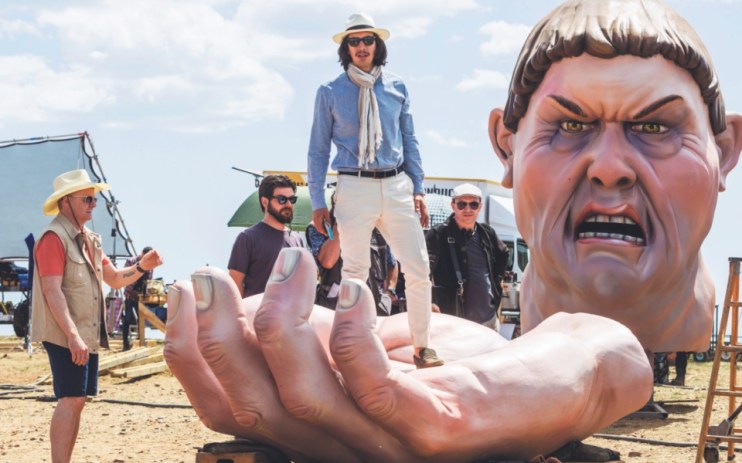The Man Who Killed Don Quixote review: Terry Gilliam goes balls-to-the-wall in this kaleidoscope of imagination

Terry Gilliam’s The Man Who Killed Don Quixote begins with a title card: “After 25 years in the making… And unmaking”. He’s not kidding – Gilliam started work on the film in 1989, it entered full production almost a decade later with Johnny Depp starring, only to see illness and floods destroy the work and beach the project. Twice.
He had another crack in the 2010s with Ewan McGregor also attached, but the money fell through and everyone apart from Gilliam became thoroughly sick of the whole affair.
But by some miracle, the film now exists, with leading man du jour Adam Driver playing a creatively bankrupt director reliving his glory days when he made a Don Quixote student film, while simultaneously trying to shoot a lucrative commercial based on the same text – a gig that brings him back to the tiny Spanish village where it all began.
Nobody in Hollywood is quite as balls-to-the-wall mental as an off the leash Gilliam, and with 25 years of ideas stewing in the cauldron of his mind, this may be his most deranged picture to date, surpassing even Brazil for sheer audacious nonsense.
This prospect is equal parts exciting and ominous, but somehow Gilliam’s giant-sized brain dump coagulates into something that’s frequently spectacular: a brilliant rumination on the creative process, the toxic nature of the film industry, and the limitless power of imagination.
What starts as a character piece about an arrogant director – clearly a stand-in for Gilliam at his worst – morphs into bizarre kaleidoscope of imagery, where reality, fiction, dream and hallucination overlap to such an extent that it’s rarely clear exactly what you’re looking at.
The film-within-a-film structure recalls Michael Winterbottom’s A Cock and Bull Story, but Gilliam’s vision is even more surreal, more subject to the strange whims of the director. After storming off the set of his commercial, Driver’s Toby finds himself implicated in a double cop-murder, and goes on the run with the actor from his original Don Quixote movie – an elderly shoemaker he ‘discovered’ – who now believes he really is the chivalrous knight of yore.
Toby is also reunited with his young female lead, a local girl he promised to “make a star”, but whose life did not live up to those lofty promises. They encounter giants and witches and knights, and you start to suspect that Toby may be as unhinged as the bloke who thinks he’s Don Quixote.
Things fall apart slightly during a protracted finale that takes place during a costume party presided over by an evil Russian oligarch, and by the time things wrap up, the two hours and ten minutes feels like far longer.
The Man Who Killed is two parts genius and one part folly. Or perhaps vice versa. Either way, it’s a staggeringly inventive piece of cinema that even Gilliam’s best efforts post-release – including branding the #MeToo movement a witch-hunt – cannot tarnish.
